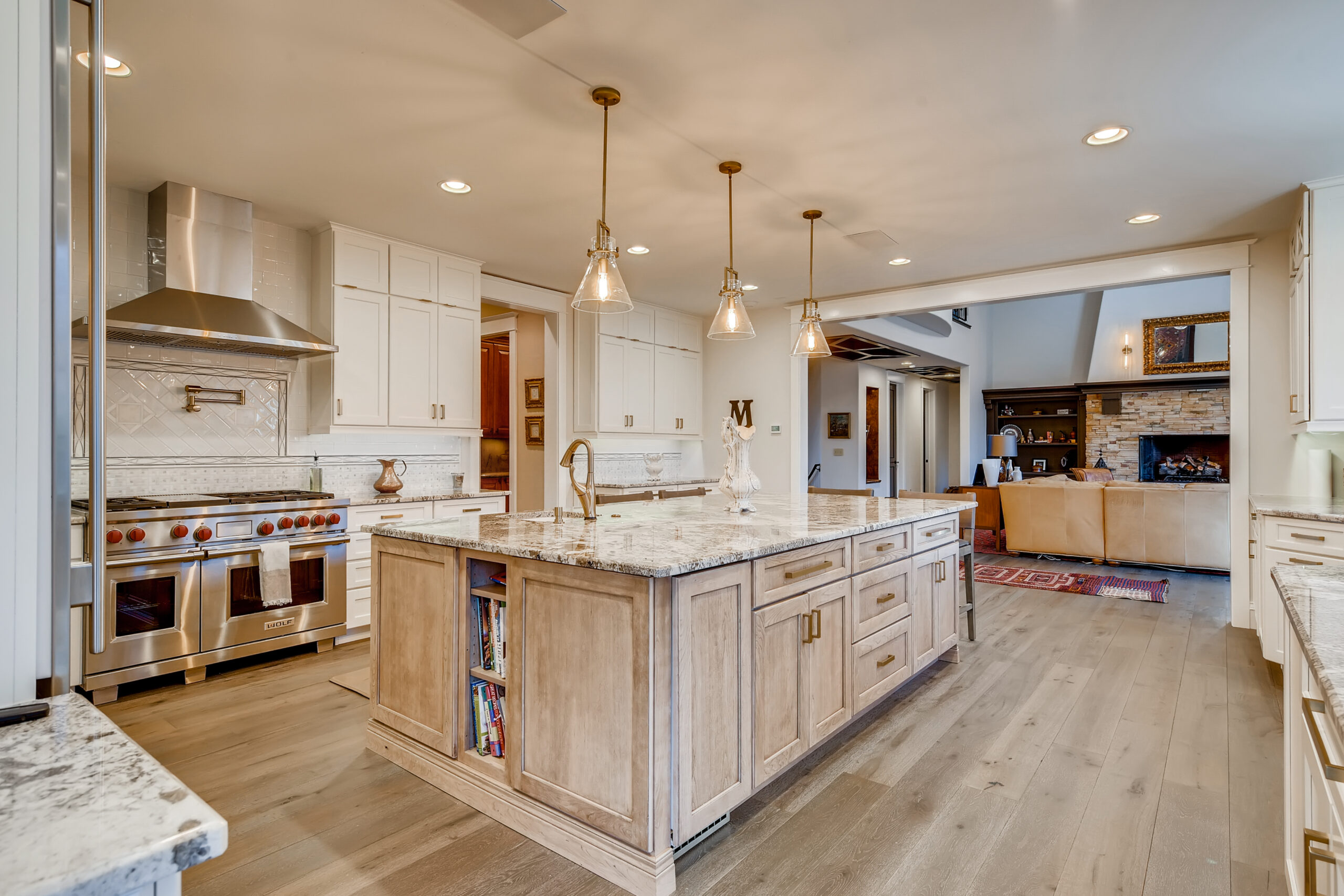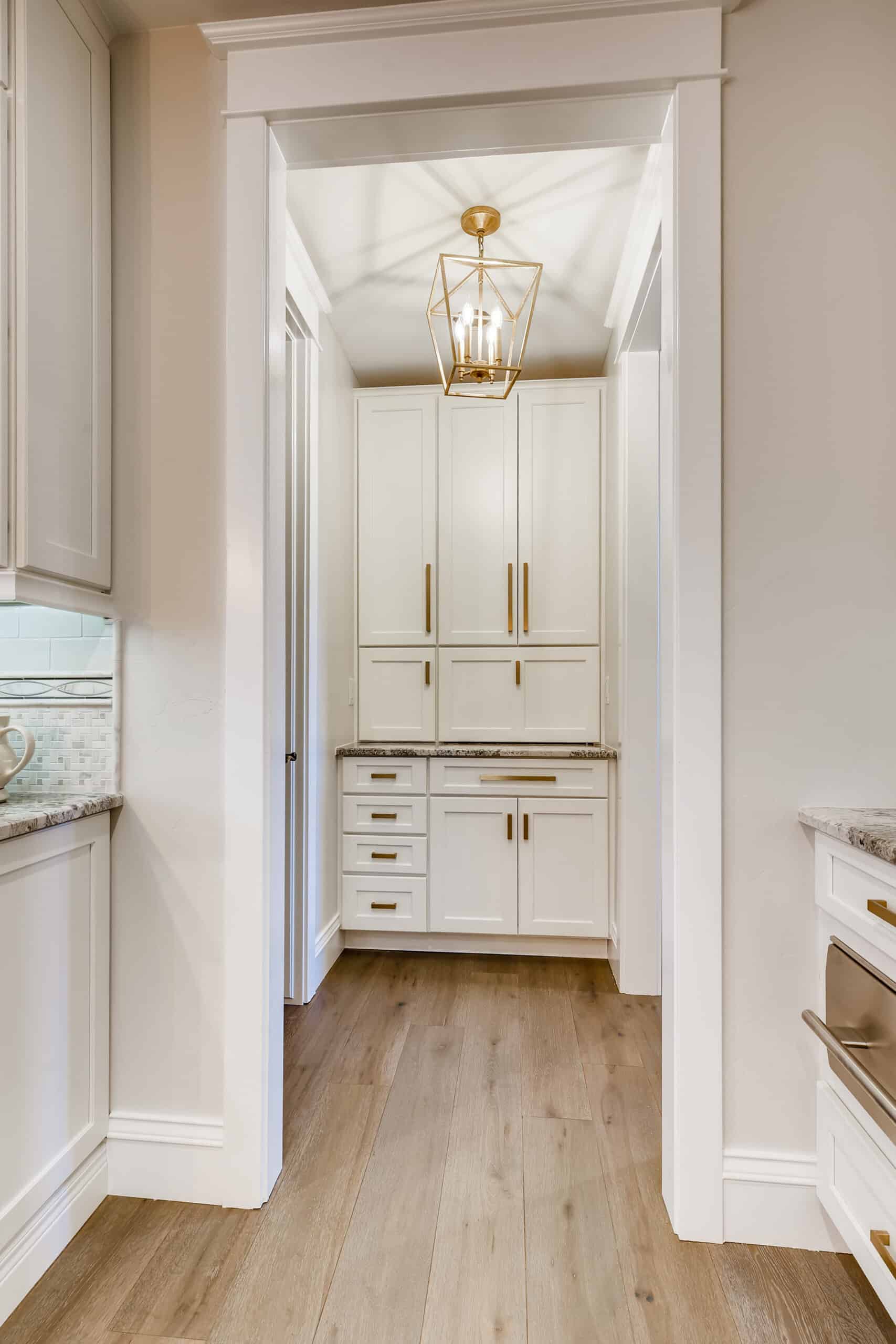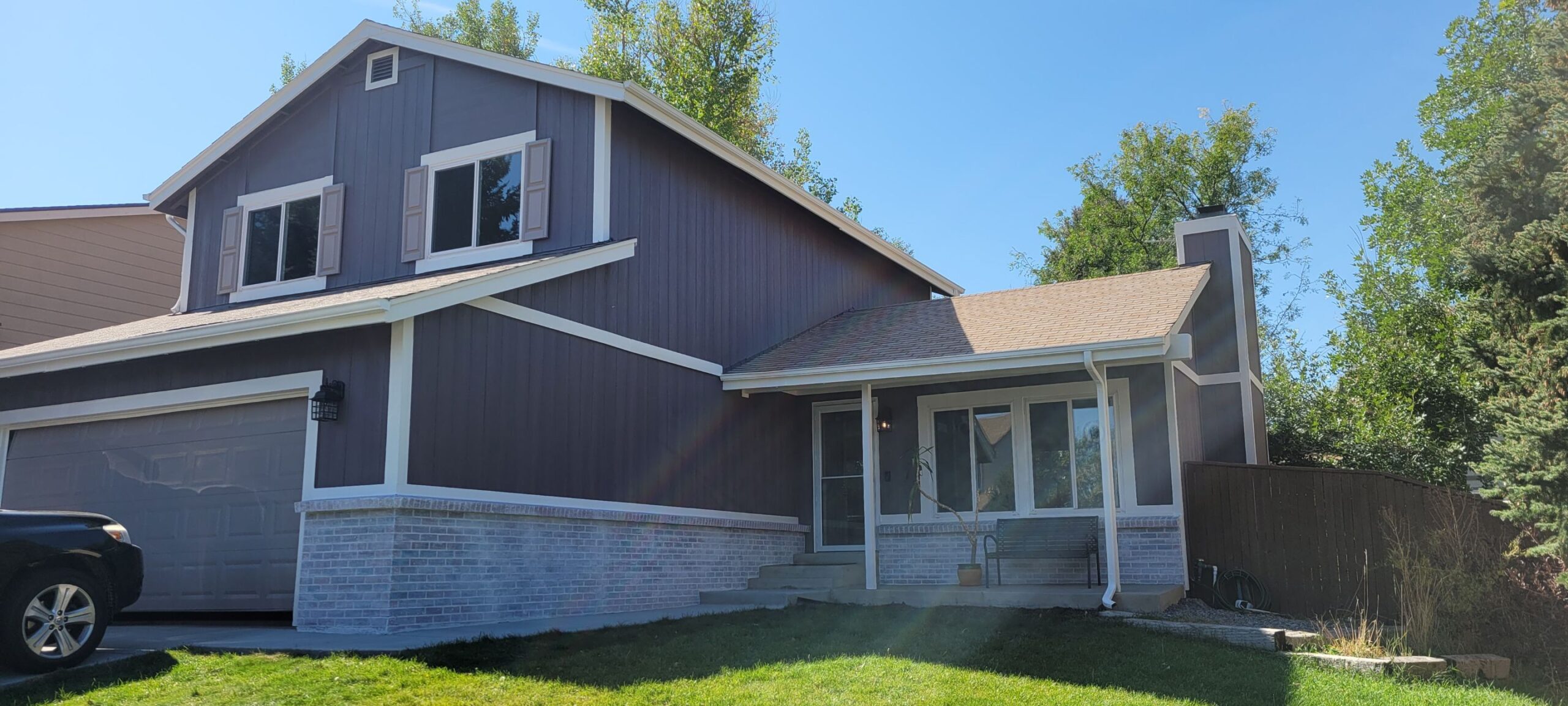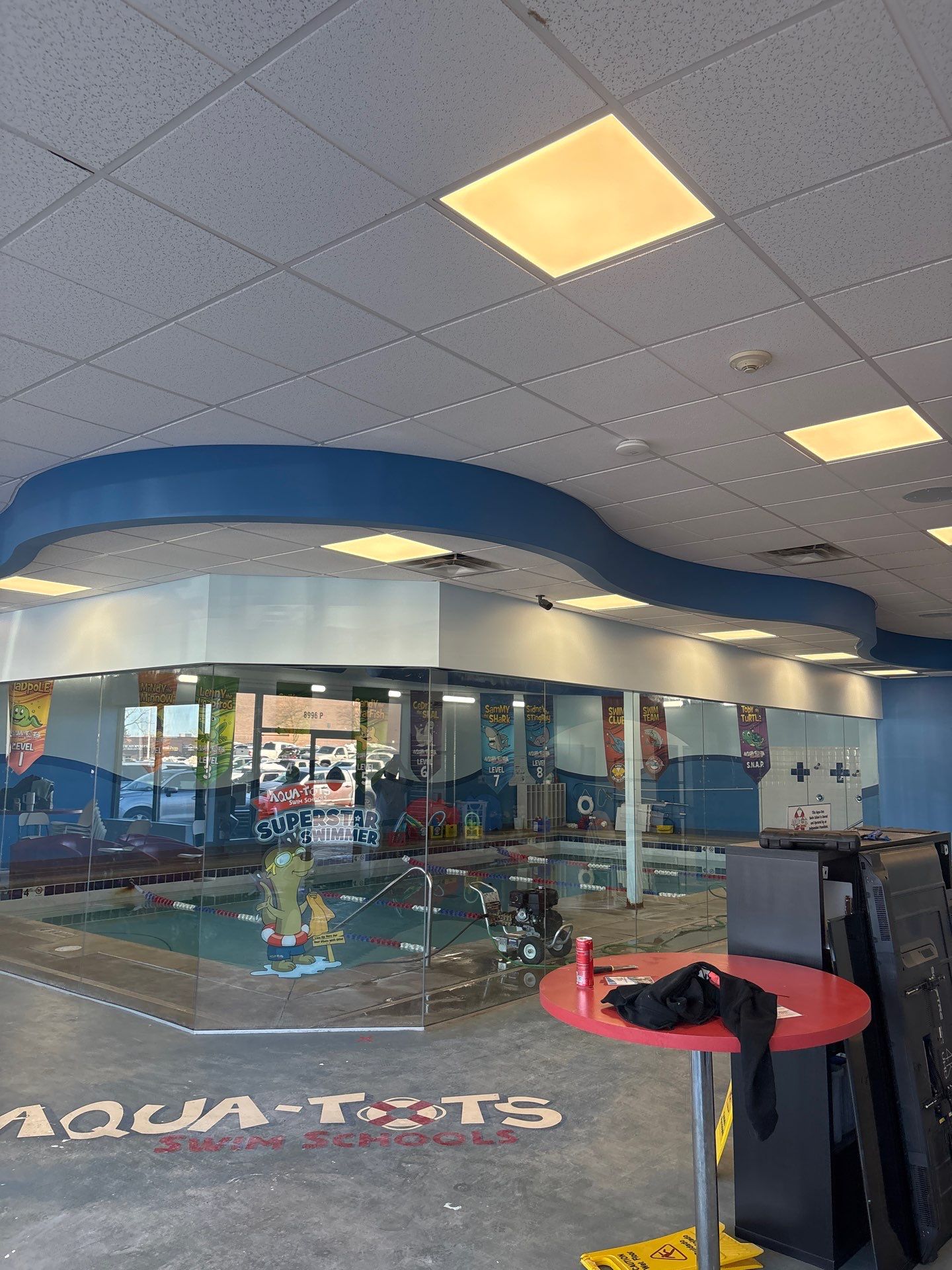It’s one of the most common questions homeowners ask before starting an interior house painting project:
“Can I save money by applying just one coat of paint?”
The honest answer? Occasionally. But in most cases, one coat of paint is not enough for long-term durability or even coverage.
One coat may appear fine right after application, especially if you’re refreshing walls in the same color family. But paint isn’t only about appearance—it’s about protection, adhesion, and consistency. A single layer often fails to form the proper film thickness needed to resist cleaning, moisture, and everyday wear.
Professionals at Helix Painting use top-quality products like Benjamin Moore Regal Select®, Sherwin-Williams Cashmere®, and PPG Diamond®. Each is formulated to perform best when two coats are applied, ensuring full hide, color accuracy, and lasting finish integrity.
Understanding the Science: Why Two Coats Usually Outperform One
Film Thickness and Long-Term Performance
Every high-performance paint is designed to achieve a specific dry film thickness (DFT)—generally between 3 and 4 mils for residential interiors.
A single coat of paint delivers only about 50–60% of that build. The surface may look covered, but the film lacks the density needed to resist scuffs, stains, or moisture.
Applying two coats builds the film evenly, sealing microscopic pores in drywall or plaster. The result? A washable surface with color depth and enhanced durability—critical for active homes or high-traffic spaces.
Color Accuracy and Sheen Uniformity
The first coat of paint is primarily foundational—it fills pores, evens out surface texture, and starts the color transition. The second coat delivers the visual payoff: full color accuracy and uniform sheen.
Without that second layer, walls can appear blotchy, with roller marks or flashing visible under directional lighting. This is especially noticeable on eggshell and satin finishes, which reflect light at subtle angles.
Paint Formulation and Manufacturer Design
Even “paint-and-primer-in-one” products are not truly designed for single-coat applications. They’re formulated to improve adhesion and hide minor color shifts—but they still require two coats for full performance.
Manufacturers like Sherwin-Williams and Benjamin Moore explicitly state in their Technical Data Sheets (TDS) that two coats of paint are needed for warranty compliance. Skipping that recommendation can void the warranty and shorten your repaint cycle by years.
When One Coat of Paint Might Be Enough
In rare, controlled conditions, one coat can work—mainly for cosmetic refreshes where longevity isn’t the main goal.
| Condition | Why It Might Work | Professional Caution |
|---|---|---|
| Repainting with the same color | Minimal color shift | Only on smooth, sealed surfaces |
| Using high-solids premium paint | Better hiding power | Still needs proper surface prep |
| Short-term rentals or property staging | Quick aesthetic boost | Reduced lifespan expected |
| Lightly used rooms (e.g., guest bedrooms) | Low wear and tear | May show uneven sheen under light |
Why It Works Only in Limited Scenarios
If the surface is already sealed and color-matched, a single coat can refresh the appearance. For instance, applying Benjamin Moore Aura® over an existing Aura color may deliver near-full coverage in a powder room or guest space.
But even in these situations, Helix Painting typically recommends two coats. Why? Because one coat of paint lacks the depth and washability that homeowners in Louisville, CO expect from a professional finish—especially when humidity and seasonal temperature changes affect surface adhesion.
When One Coat Becomes a Costly Mistake

Cutting corners often backfires. What appears to be savings at first can turn into an expensive repaint sooner than expected.
| Situation | Issue with One Coat of Paint | Long-Term Result |
|---|---|---|
| New drywall or unpainted wood | High absorption | Uneven finish, poor adhesion |
| Drastic color change | Insufficient hide | Streaking or color bleed |
| High-traffic interiors | Frequent cleaning | Dulling, peeling, or visible wear |
| Glossy or oil-painted surfaces | Adhesion problems | Flaking and blistering |
| Humid or exterior walls | Moisture penetration | Early fading and mildew growth |
Real-World Example
A client in Louisville, CO once opted for a “one-coat” interior refresh using a discount contractor. Within months, the hallway paint dulled, and walls began to show patchy sheen differences.
When Helix Painting inspected the site, we found inconsistent film thickness and poor surface preparation. We corrected the issue by light sanding, applying a second coat of paint using Sherwin-Williams Cashmere® Low Lustre, and sealing the surface properly. The result was a uniform, washable finish that’s still performing beautifully today.
Short-Term Savings vs. Long-Term Value
| System | Initial Cost | Lifespan | Maintenance | Overall Value |
|---|---|---|---|---|
| One Coat | Lowest upfront | 2–4 years | Frequent touch-ups | Poor |
| Two Coats | Moderate upfront | 6–10 years | Occasional cleaning | Excellent |
| Primer + Two Coats | Highest upfront | 10–12 years | Minimal upkeep | Best ROI |
Applying just one coat might reduce your project’s price by 20–25%. But that short-term saving vanishes once early repainting becomes necessary.
In the long run, two coats of paint lower maintenance costs and extend the repaint cycle—especially in climates like Louisville, where temperature fluctuations cause wall expansion and contraction.
The Role of Surface Prep in Paint Performance
The success of any coating system depends as much on surface preparation as on the number of coats applied.
Before applying a single or double coat, professionals perform steps like patching, sanding, and cleaning surfaces. In many cases, preparation includes pressure washing or hand scraping to remove contaminants or failing paint.
Skipping these steps can compromise adhesion, making even two coats ineffective. A clean, properly prepared surface allows the paint to bond chemically and mechanically—ensuring that every coat of paint contributes to performance, not just appearance.
Paint Type, Finish, and Their Impact on Coating Needs
| Paint Finish | Recommended Coats | Reason |
|---|---|---|
| Flat / Matte | 2–3 | Lower hiding power, prone to burnishing |
| Eggshell / Satin | 2 | Balanced sheen and coverage |
| Semi-Gloss / Gloss | 2–3 | Highlights surface flaws, requires layering |
| Primer-Sealer | 1 (base) | Not a finish coat |
Different finishes hide and reflect light differently. Matte paints need more build to prevent “flashing.” Semi-gloss finishes demand two thin coats to achieve a smooth, mirror-like finish without visible roller lines.
Even with high-quality acrylic latex formulations, Helix Painting never applies less than two coats on living areas, kitchens, or bathrooms, where durability and cleanability matter most.
Hidden Costs of Skipping the Second Coat
Many homeowners underestimate what’s really lost when they apply just one coat of paint:
-
Uneven sheen: noticeable under light, especially on satin or semi-gloss finishes.
-
Reduced washability: one coat wears down faster with cleaning.
-
Poor adhesion: leading to early peeling or blistering.
-
Color distortion: the first coat absorbs differently across surfaces, creating visible shading.
-
Shorter repaint cycle: most one-coat jobs last half as long as two-coat systems.
Professionally applied two-coat systems create a durable film that holds up to humidity, washing, and sunlight exposure—making them a better long-term investment for homeowners in Louisville, CO.
How Professionals Decide the Right Number of Coats
Every interior house painting project begins with a technical evaluation.
Professionals at Helix Painting consider:
-
Surface Porosity: Bare vs. previously coated walls
-
Color Change: Light-to-dark transitions require more hide
-
Lighting Conditions: Natural light reveals sheen variations
-
Product Solids Content: High-solids paints need fewer coats but more precision
-
Environment: Humid or temperature-variable areas require stronger film build
Example
For a living room repaint in Louisville, our team selected Benjamin Moore Regal Select® Eggshell, known for its superior flow and leveling.
The project required two full coats of paint over a tinted primer to achieve consistent color and durability. The finished result was a flawless, low-sheen surface that resists fingerprints and daily cleaning—ideal for active households.
When to Add a Third Coat
Some situations demand more than two coats for optimal coverage and protection:
-
Deep or saturated color changes (e.g., navy blue over beige).
-
Surfaces with heavy texture, like brick or unsealed plaster.
-
Metallic or decorative finishes, such as Venetian or faux finishes.
-
High-traffic commercial spaces needing maximum scrub resistance.
Professional painters assess not only the visual coverage but the measured film build—ensuring that each coat of paint meets manufacturer specifications for durability.
Product Guide: Trusted Paint Systems for Lasting Results
| Product | Finish Options | Recommended Coats | Best Use |
|---|---|---|---|
| Benjamin Moore Regal Select® | Matte, Eggshell, Pearl | 2 | Premium residential interiors |
| Sherwin-Williams Cashmere® | Flat, Low Lustre, Medium Lustre | 2 | Smooth application and rich finish |
| PPG Diamond® Interior Latex | Eggshell, Satin, Semi-Gloss | 2 | Excellent scrub resistance |
| Benjamin Moore Aura® | Matte, Satin, Semi-Gloss | 2 | High-hiding and self-leveling for color depth |
At Helix Painting, these products are selected based on the space’s purpose, lighting, and wear level. Every formulation performs best when the specified number of coats is applied—most commonly two full coats of paint over a properly primed substrate.
Frequently Asked Questions About Paint Coats
Q1: Do paint-and-primer products eliminate the need for two coats?
No. They improve adhesion but still rely on two layers for color depth and protection.
Q2: How do I know if one coat is enough?
If the existing color is the same and the surface is in excellent shape, one coat might temporarily work—but durability will be reduced.
Q3: Does applying two coats use double the paint?
Not exactly. The second coat usually requires less paint since the surface is already sealed.
Q4: Can professional sprayers achieve full coverage in one pass?
Even with airless sprayers, two passes are typically required for consistent film thickness and hiding.
Q5: What’s the best indicator that another coat is needed?
Look for dull areas, shadowing, or uneven sheen once the first coat dries—these are clear signs that a second coat of paint is necessary.
Why Professionals Rarely Recommend One Coat
Manufacturers, industry standards, and field performance all support the same conclusion: one coat of paint is rarely enough.
Most professional-grade products and all major technical data sheets require two coats to achieve optimal performance.
Skipping that step means faster fading, less resistance to cleaning, and shorter repaint cycles—costing more over time.
At Helix Painting, our painters in Louisville, CO follow PDCA and ASTM guidelines to ensure every job meets or exceeds the industry benchmark for coating performance.
Invest in Coverage That Lasts
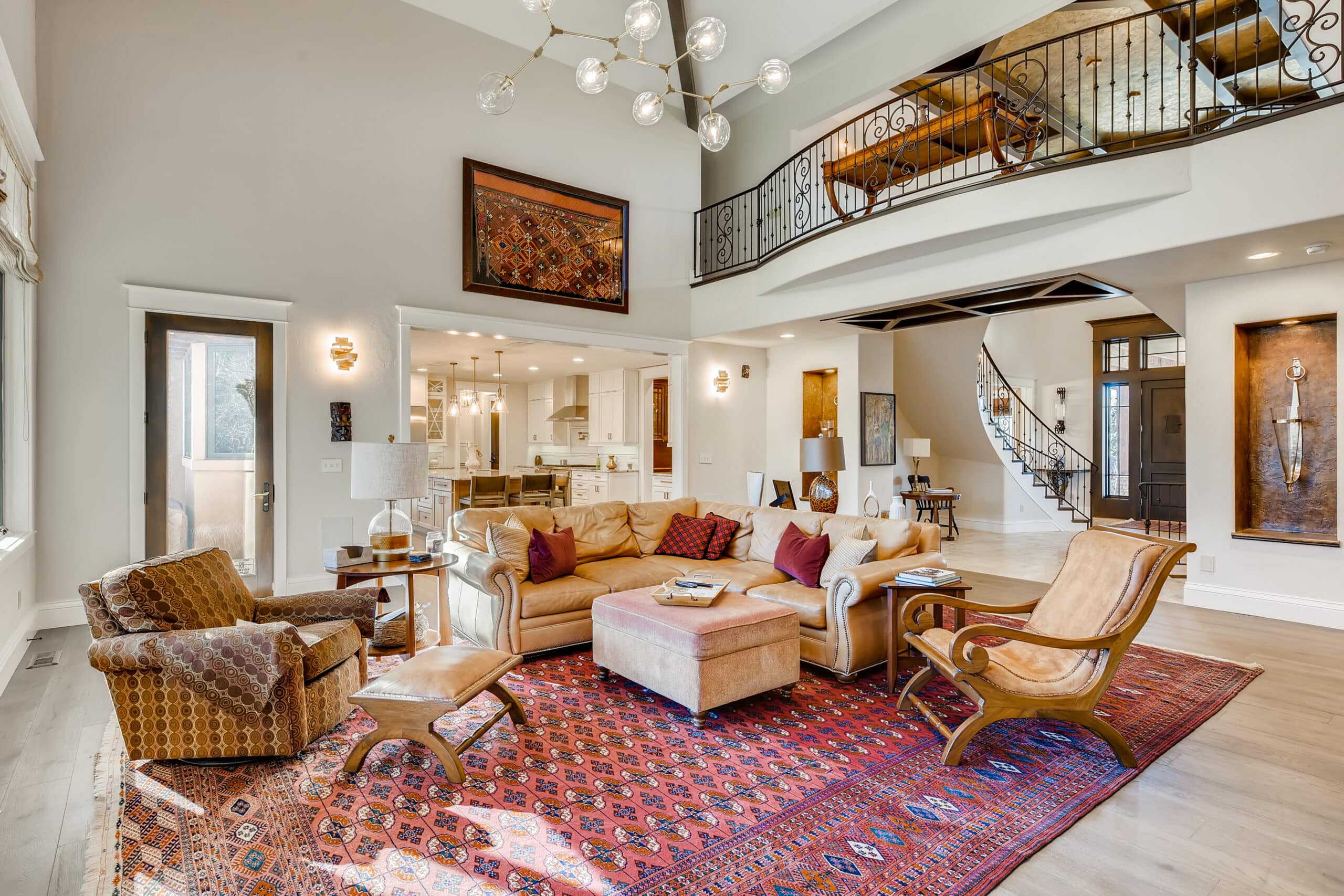
One coat of paint might seem like a small way to save money, but the difference in longevity and appearance is significant. True value lies in durability, not shortcuts.
Two coats deliver what homeowners really want—consistent color, easy cleaning, and a finish that looks as good years later as it did the day it was painted.
For professional, lasting results, trust Helix Painting. Whether you’re updating one room or your entire home, our interior house painting experts in Louisville, CO ensure your project is done right, from surface prep to the final coat.
Because when it comes to your home’s beauty and protection, one coat of paint is rarely enough.

